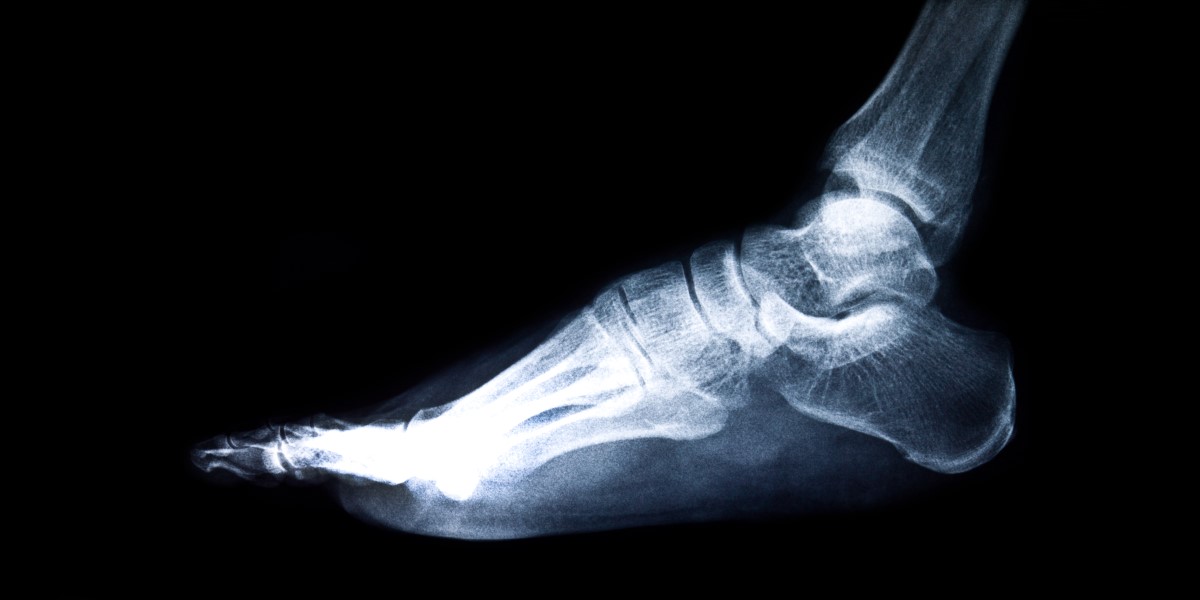The Future Of Digital Healthcare Could Be A Two-metre USB Cable

Comment I've probably walked through my front door and past my hall table 10,000 times. But one April evening my foot caught the table, a toe blazed in pain, and a subsequent x-ray confirmed a proximal phalanx fracture.
I thought I knew what would come next. Various adventures with skateboards, trampolines, and bicycles have all ended the same way: a trip to the emergency room, quick application of a cast, then a referral to our local hospital's estimable (and completely free) fracture clinic.
That fine facility is very well patronized, so it can take an hour or three to be seen. I've probably filed stories from the clinic's waiting room while waiting for the fabulous staff there to advise what my kids and I have done to our bones.
But this time I was offered the chance to attend a virtual clinic instead – on Zoom.
I logged on and a physiotherapist wearing hospital-branded garb appeared, but I had no idea where she was located and never thought to ask. The physio had viewed my x-ray before our first session and was able to diagnose my fracture, which thankfully didn't look like it would require surgery.
But just to be sure, the medico asked to inspect my toe and suggested I place my laptop on the ground and point its webcam at my injured digit.
I proudly said I could do far better than that because I have an external webcam that shipped with a two-metre cable.
The physio was quite delighted by that and expressed a wish for more patients to possess similar equipment. I certainly found it easier to get the foot in frame than would have otherwise been the case, because I could see the camera's output on screen. I can't imagine getting the same view as quickly if waving a laptop's lid was my only option – and that's before I even start to worry about what my size thirteens could do to a keyboard, given they'd already blundered into a broken toe.
- ChatGPT can't pass these medical exams – yet
- Hospital to test AI 'copilot' for doctors that jots notes on patient care
- Google Health licenses its AI breast cancer screening tool to a medical biz
- Doctor gave patients the wrong test results due to 'printer problems'
On a second consultation the physio proclaimed me on track for recovery, again praised the long camera cable, and then discharged me from the virtual clinic.
The two appointments started on time, finished early, involved no waiting time, and didn't require the extortionate parking payments that all options near my local hospital charge.
I even did one of the consultations in the shared office space The Register occupies down under, without room-mates objecting to my unstockinged foot.
The experience left me thinking this virtual medicine thing has legs – pardon the pun – at least for injuries like broken toes that don't obviously benefit from closer inspection.
It also left me appreciative of the power of something as simple as a webcam cable to improve remote care, and curious about what other simple devices might make it possible for more consultations of this sort to be offered to more people, more often. ®
Google Leverages AI To Automatically Lock Phones During Theft
Amid increasing incidents of mobile phone thefts, Google has launched an AI-based feature that automatically locks the s... Read more
Microsofts Emissions Surge Nearly 30% Amid AI Demand Growth
Microsoft has reported a nearly 30% increase in its emissions from 2020 to 2023, underscoring the challenges the tech gi... Read more
Impact Of AWS Leadership Change On The Global AI Race
The recent leadership transition at Amazon Web Services (AWS), with Adam Selipsky stepping down and Matt Garman taking t... Read more
The Global Impact Of App Stores On Technology And Economy
Since Apple launched its App Store in 2008, app stores have become a central feature of the digital landscape, reshaping... Read more
Alibaba's Cloud Investment Strategy: Fuelling AI Innovation And Growth
Alibaba Group's cloud business, Alibaba Cloud, has emerged as a powerhouse in the tech industry, spearheading innovation... Read more
Elon Musk Takes On Government 'Censorship': A Clash Of Titans In The Digital Arena
Elon Musk's recent endeavors to challenge government-led content takedowns mark a significant development in the ongoing... Read more

